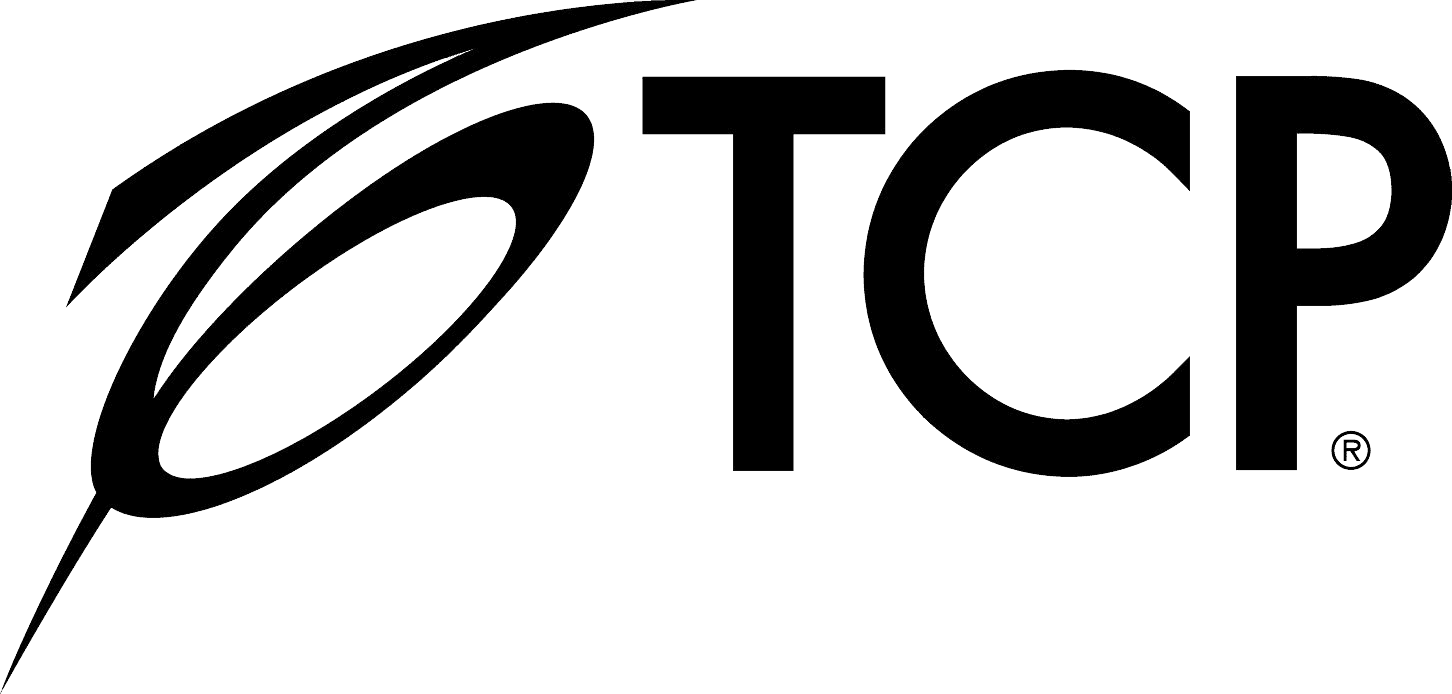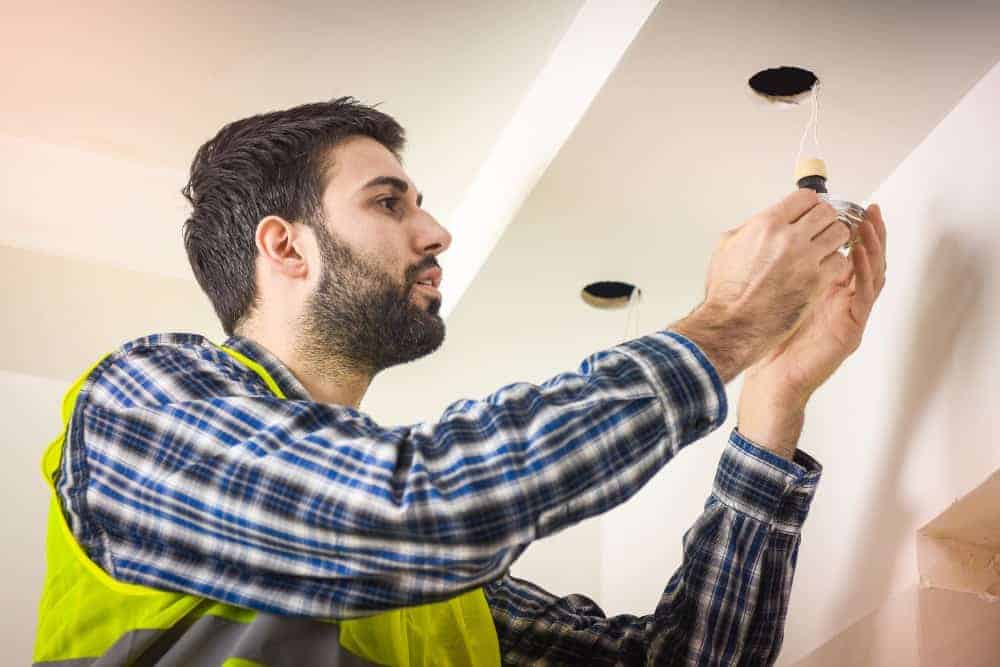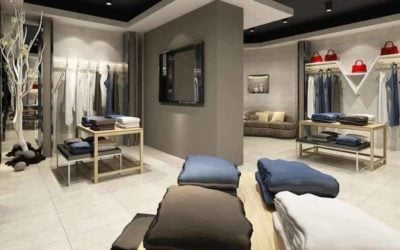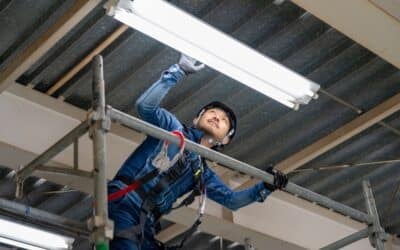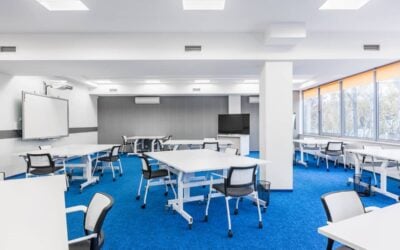Lighting Savings and LED Savings Calculator for Energy Efficient Lighting
Maximize Your Lighting Savings: Factors to Consider
It wasn’t so long ago that light bulbs were simply incandescent bulbs. No matter what you needed, the options were slim. Lighting savings were based solely on wattage and hours used.

But now, new lighting technology gives businesses many options to choose from. With these options come opportunities to save on your energy bills.
CFL bulbs and LED bulbs are energy efficient. These bulbs can also last for years, saving you money on replacements.
While they have plenty of positives, prices for energy saving lighting options can be higher than your average light bulb.
You might be wondering—is switching to energy efficient lighting worth the investment?
Below, we’ve listed a few lighting ROI factors you’ll need to consider when contemplating a switch.
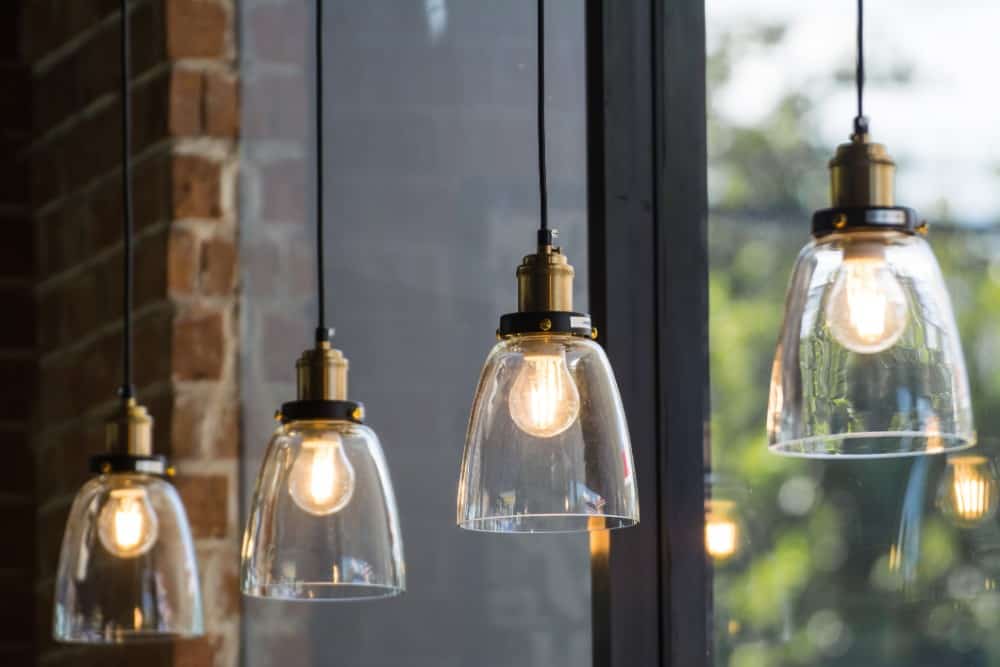
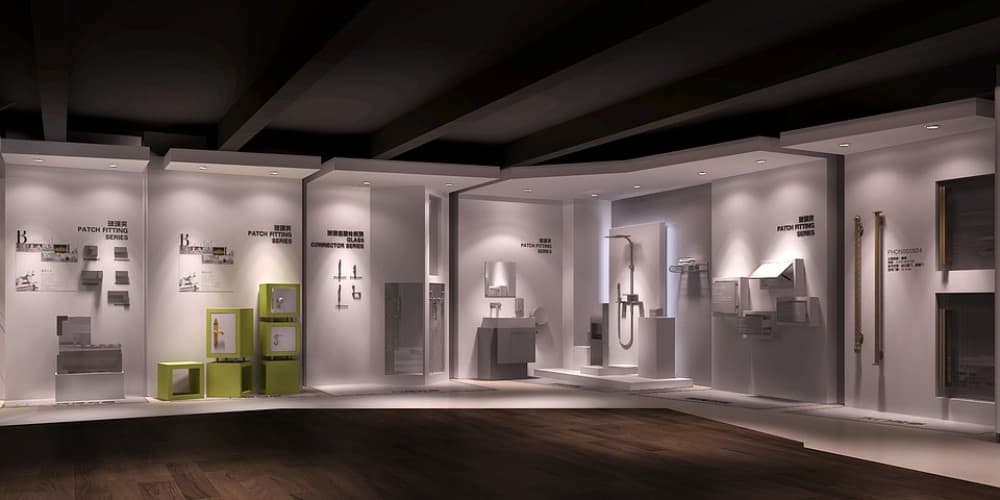
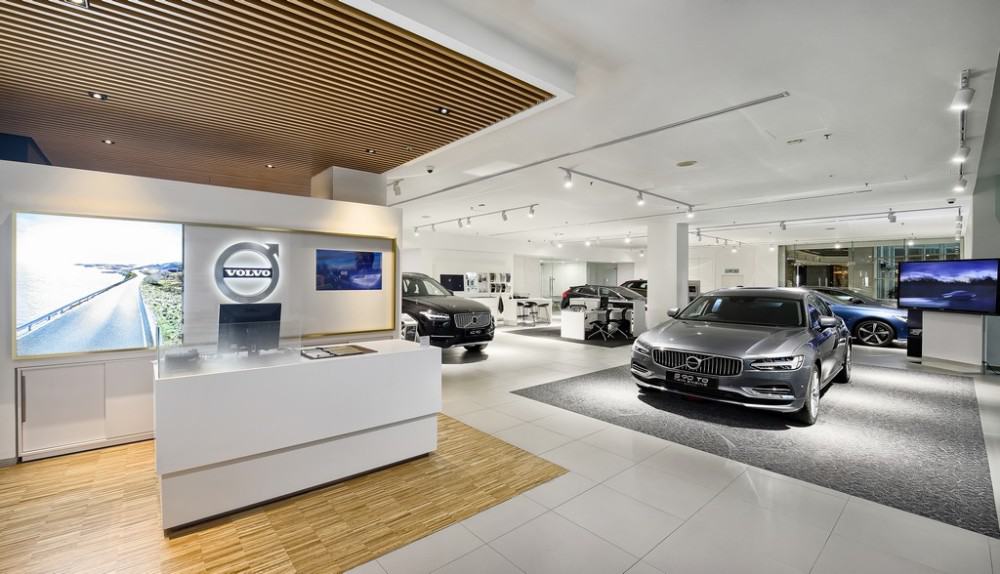
How often do you use your light bulbs?
Usually, when it’s time to replace a light bulb, the most important factor in the decision is the cost of the light bulb itself. The instant savings are enticing, but this fails to consider the cost of operation over time when realizing total return on investment.
It’s possible that buying one efficient LED or CFL bulb will cost you less in the long run. Repeatedly buying bulbs that burn out a year later can become costly quickly.
Then, it’s important to consider the cost of the electricity to light the bulb. CFL and LED bulbs are more energy efficient than incandescent bulbs. They both use far less energy per hour to burn when compared to older bulbs.
This is great for the environment, but is it necessarily great for your wallet? Every lighting system is different. Will the savings be significant enough to justify a switch?
To decide if reduced electricity costs are worth an investment in energy efficient lighting, consider how often you use your lights.
Lights that are on all day are more likely to rack up savings than lights that are rarely used. For rarely used lights—say, that one in your hall closet—the cost of buying an LED or CFL bulb to replace that legacy incandescent light may not be worth the small margin of energy savings.
However for all-day office use and high traffic areas, energy efficient light bulbs can lead to great lighting savings. This is especially true if you’re lighting a large area.
Considering the wattage of your existing lighting is a factor as well. It will cost more to run a high wattage bulb. It may be wise to replace even moderately used high wattage bulbs with LED or CFL lighting.
To find out exactly how great your lighting ROI could be if you make the switch to LED, use our LED Savings Calculator. Just enter your current and potential lighting information, plus labor costs, to discover your energy savings.
On the fence? To help you decide if switching is right for you, we’re offering FREE samples of our lights, no strings attached.
Cost of Retrofitting Light Systems
Retrofitting your lighting system involves replacing the existing parts with new ones that use energy more efficiently. It makes your current system compatible with new light fixtures and lamps.
It is a good idea to factor retrofitting costs into your decision about switching lighting.
Will you need custom bulbs for your existing fixtures? Will you want to invest in LED dimmers? Will your new energy savings offset the retrofitting costs?
If your energy savings will give you a substantial positive ROI, it is a good bet that retrofitting will be worth the investment. This is especially true when you consider future maintenance needs.
Retrofitting may sound intimidating, but they are actually quite simple. TCP’s retrofit kits help make the transition seamless. They are designed to easily replace the fluorescent lamps and ballasts in an existing fluorescent strip fixture with an integrated LED lighting solution.
A retrofit kit is a great solution if you are happy with the layout and design of your lighting system, but need to increase efficiency. You will rise to new technological standards, but keep the general feeling of your existing system.
Retrofitting is a budget-friendly alternative to a full redesign. A full redesign involves replacing your fixtures as well as the bulbs and ballasts. These costs can add up to almost double the cost of a retrofit.
Retrofitting will not disrupt your home or office operations as much as a full redesign, either. Retrofit kits can even be installed with the fixture in place.
However, a full redesign will give you a broader range of options when it comes to choosing bulbs. Most LEDs are compatible with standard fixtures. But, if you are replacing both the light and the housing, you can choose from any of our bulbs.
Our LED lights come with competitive warranties, such as out Exit & Emergency Warranties, so upkeep costs are minimal.
Here you can create the content that will be used within the module.
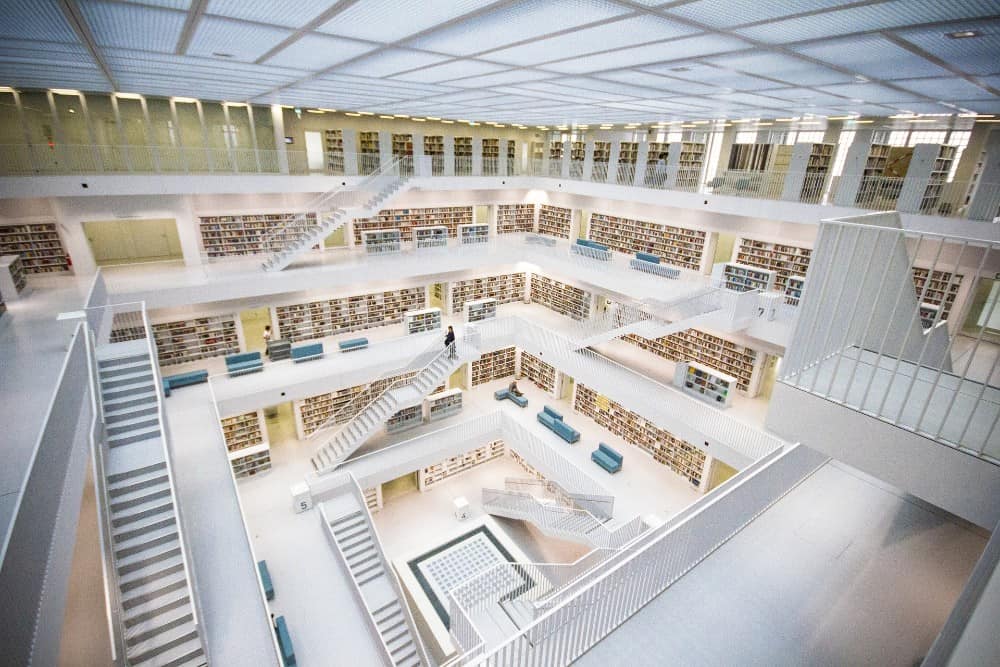
Aesthetic Considerations
A common fear when moving away from incandescent bulbs and considering a lighting ROI is that the light will be too harsh or too artificial. This may have been the case when the lighting technology was new, but LED and CFL lights have evolved since then.
LED lights for the home now do a great job matching the warm yellow feeling to which many people are accustomed. And LED lights for commercial buildings come in a wide range of color temperatures allowing lighting designers to create nearly any mood, from intimate and cozy to bright and airy. Bulbs now even look similar to the ones we have grown up with, making the switch less noticeable to the eye.
TCP’s lights come in a range from very cool to very warm light. In the home, most people are used to about 2700 Kelvin lighting. 4100K is average for office settings. TCP’s lights range from 1900 to 6500K.
With a wide range to choose from, you’ll find a good fit for whatever feeling you want your space to communicate—a warm home living room, or a productive, daylit office space. You can even find compatible dimmer switches to adjust your lights as needed.
Thanks to their flexibility, LEDs and CFLs can replace a variety of bulbs. You’ll have no trouble finding decorative bulbs, downlights, or even outdoor fixtures.
You are not limited by the types bulbs you can swap for energy efficient lighting. If you need help choosing the best bulbs, TCP can help you switch and upgrade.
How to Choose: CFL Bulbs vs LED
When deciding to switch lighting, it is important to consider which type you will choose. Both CFL lights and LED lights have their advantages and disadvantages.
CFL light bulbs
Incandescent bulbs run electricity through a wire filament. CFLs, instead, drive electricity through a tube that contains argon and mercury vapor.
CFL bulbs use about 70% less energy than incandescent bulbs. They only cost about a dollar more per bulb, but last years longer.
CFLs do have their disadvantages.
First, it can take a few seconds for them to reach their full brightness. This wouldn’t be much of a problem in a large, window-filled office, where you turn the lights on once a day. But it won’t be ideal for, say, a dark, steep stairwell, where you would want light immediately.
Modern CFLs also contain a small amount of mercury. Mercury light bulbs require special cleaning methods if they break and burned out bulbs must be recycled properly.
Pros:
- 70% less energy than incandescent bulbs
- Cost less than LED light bulbs
- Bright, even light
- Available in a range of hues
Cons:
- Cannot be used with a dimmer switch
- Must warm up to full brightness
- Contain mercury
- Can be cold sensitive
LED light bulbs
LEDs used to be most common in small displays like digital clocks. Now, they are available in larger bulbs for the home and office.
LED light bulbs bring together positive and negative currents to create light. Like an incandescent bulb, they turn on immediately. They do not need time to warm up, like a CFL bulb.
LEDs can last much longer than both CFL light bulbs and incandescents. LED light bulbs can last up to 50,000 hours. That is five times longer than other light bulbs on the market.
The advantages to LEDs make them pricier than their counterparts. As they become more popular and more heavily supplied, however, the price is leveling off.
Pros:
- Light up immediately, like an incandescent bulb
- Stay cool to the touch
- Extremely long lifespan
- Not cold sensitive
- Do not contain mercury
- Dimmer switch compatible
- Available in a range of hues
Cons:
- Directional light that may not be even
- Cost more than CFLs
After considering these factors, you may decide that it’s time to switch your lighting. Whether for home, office, or elsewhere, TCP can connect you with a distributor and make the switch simple and streamlined.

TCP offers a total, end-to-end commercial lighting solution.
TCP understands sourcing and installing the right commercial lighting from start to finish. That’s why, from the first design consultation to the post-project follow-up, we’re there, offering our expertise, helping you capitalize on efficiency rebates, and ensuring your commercial lighting project turns on.
But seeing is believing. That’s why we’re offering free samples of any of our lights. That’s right — we’re so sure we’re the right solution for your commercial lighting needs, we’ll give you lights so you can see how good TCP is for yourself.
Just tell us about your lighting application and we’ll send you free sample products to test. No strings attached.
